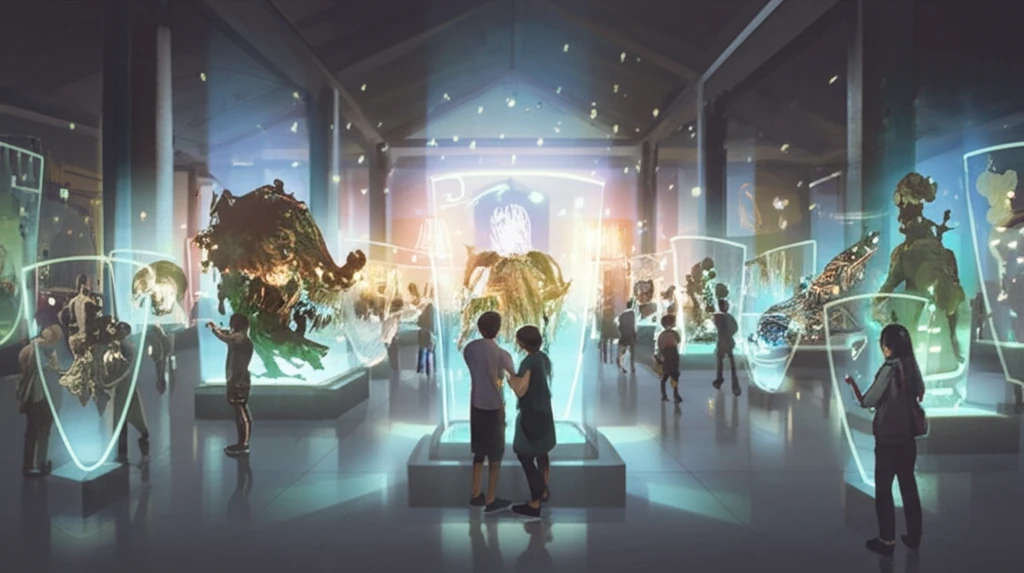
Preserving Our Past: The Frontiers of Preventive Conservation and How You Can Help
"Uncover the crucial role of preventive conservation in safeguarding cultural heritage, and learn how you can contribute to preserving history for future generations."
Imagine walking through a museum, surrounded by artifacts that whisper stories of civilizations long past. These objects, fragile and irreplaceable, connect us to our history and shape our understanding of the world. But what if these treasures were slowly fading away, victims of environmental damage and neglect? This is the challenge faced by conservators, the guardians of our cultural heritage. Their work, often unseen, is vital to preserving these precious links to the past.
Preventive conservation is at the forefront of this battle against decay. It's a proactive approach that focuses on minimizing risks to objects before damage occurs. From controlling humidity and temperature to managing light exposure and pollution, preventive conservation encompasses a wide range of strategies aimed at creating stable and sustainable environments for our cultural treasures.
This article explores the cutting-edge research and innovative techniques shaping the future of preventive conservation. We'll delve into the challenges of preserving mixed materials, the impact of pollution and dust, and the development of damage functions to assess environmental risks. Most importantly, we'll uncover how you, as an individual, can play a role in safeguarding our shared history.
The Challenges of Mixed Materials: A Balancing Act

One of the most significant challenges in preventive conservation arises when dealing with objects made from mixed materials. Think of a showcase containing archaeological artifacts: an iron sword with a wooden handle, or a copper brooch adorned with delicate organic inlays. Each material has its own ideal environmental conditions, and often these requirements clash.
- Risk-Based Assessment: Understanding the specific risks posed by different relative humidity levels to each material allows for a more informed decision-making process.
- Showcase Optimization: Modifying showcase design and using materials like silica gel can help maintain a stable and appropriate relative humidity level.
- Prioritization: Focusing on controlling factors that pose the most significant threat to the most vulnerable materials can maximize the effectiveness of conservation efforts.
Your Role in Preserving the Past
Preventive conservation is not solely the responsibility of museums and conservators. Each of us can contribute to safeguarding our shared history. By supporting cultural institutions, advocating for responsible environmental policies, and promoting awareness of conservation issues, we can all play a part in ensuring that these treasures endure for generations to come. Consider the impact of your actions – from reducing pollution to properly caring for your own family heirlooms – every effort, no matter how small, makes a difference.
